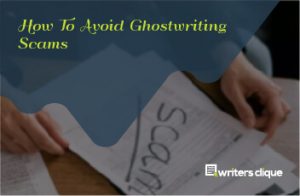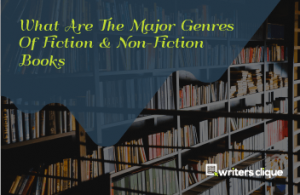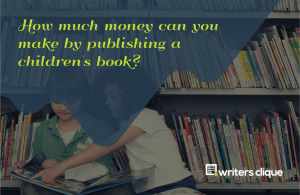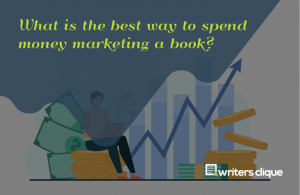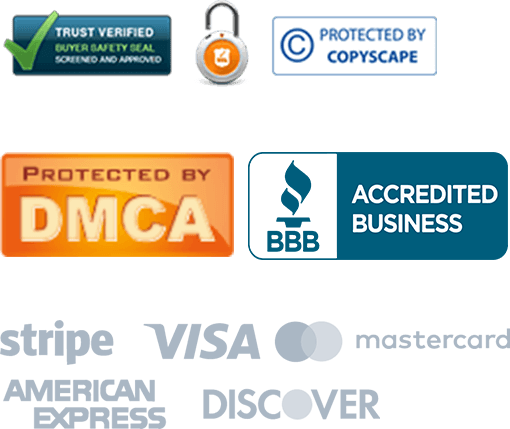Some people think of self-publishing as a last resort, used only when exhausted by all other avenues. It is because traditional gatekeepers, such as literary agents and editors at publishing firms, simply do not have the time or resources to assess the worth of every story. Countless books are self-published each year, and it’s impossible to keep up with them all. So it might be tough to get your work in front of decision-makers unless you already have a built-in audience or past publication experience.

Self-publishing allows you to put your ideas in front of the people who make the decisions, the readers. Whether you want to utilize your book as the best marketing and branding tool or just have a story to share with the world, amazon self-publishing makes your book available to the general public in the simplest way.
While we are not endorsing any particular technique or organization for self-publishing your book, Amazon self-publishing is perhaps the most well-known and widely utilized platform. This article will lead you through some most commonly asked questions regarding Amazon self-publishing to help you decide if it’s the appropriate fit for your book.
Is it true that if I self-publish on Amazon, I can only print digital copies?
The first thing that springs to mind when you think about Amazon self-publishing is probably Kindle. eBook can be useful tool since they are inexpensive to produce. For example, you can publish your book digitally on Amazon’s Kindle Direct Publishing (KDP) platform in minutes, according to the Amazon website.
A physical copy, on the other hand, can be useful. It’s easier to deliver someone a real copy of your work than to share a link and hope they click if you are making a keynote address or exposing someone to your ideas for the first time.
Fortunately, Amazon gives you the option of publishing your book in numerous formats. It includes:
- Publish to Kindle.
- Publish to Print.
- Publish to Audio.
Is it possible to sell my book elsewhere if I first self-publish it on Amazon?
You will keep publication rights if you go forward with Amazon self-publishing and use KDP to make a Kindle or paperback version. According to Amazon, eBooks authors can preserve ownership of their rights and establish their list pricing. They have complete control over their books and can make changes at any time. With Amazon’s non-exclusive agreement, they can keep creative control and hold their copyright for paperbacks.
How Much Does Amazon Self-Publishing Costs?
You don’t have to pay any upfront charges or carry any inventory, according to the KDP website, even when generating a paperback book. When your buyers order your book, it gets printed on demand. Obviously, if you have a limited budget or place to store your copies, this might be a tremendous help. You don’t need to print thousands of copies and hope to recover your investment by selling them all; the last thing you want to do is devote so much effort to a book just to lose money on it.
Amazon does assess the cost of printing based on factors like the book’s length and whether it’s produced in color or black and white. This figure is generally subtracted from the total price of each book before royalties are determined, but as an author, you have the option of purchasing copies at cost (plus shipping).
If you decide to make an audiobook and collaborate with a producer, you can select whether you want to keep all revenues and pay the producer an upfront fee or if you want to share earnings evenly.
Are there any cuts in my profits?
It entirely depends on your book.
One of the best things about self-publishing with Amazon is that you have a number of options, which means you may earn a variety of royalties from your book sales. Here is a brief rundown of what you can anticipate from your book’s digital, print and audio formats.
eBooks Royalties
You have the choice of earning 35 percent royalties or 70 percent royalties. In addition, the author must meet list price standards. According to Amazon, the title price must be at least 20% lower than the price listed on Amazon for the paperback version, and titles must be made accessible for sale in all geographic locations for which the author or publisher owns the rights.
Paperback royalties
For paperbacks sold on Amazon marketplaces where KDP allows paperback distribution, Amazon self-publishing gives a 60 percent royalty rate. As previously stated, the company deducts printing costs.
Given Amazon’s distribution restrictions, there are circumstances where you could make a lower royalty rate for certain sales; therefore, it’s a good idea to educate yourself with the exceptions to these rules before making a choice. However, the foregoing rates are true for most book sales.
Audio Book Royalties
On the other hand, Audiobooks are more complicated since hiring a producer. However, as with eBook royalties, you often have two alternatives.
In exchange for exclusive distribution rights, 40 percent royalties are paid.
In return for non-exclusive distribution rights, you’ll get a 25% royalty.
You have the option of splitting royalties with a producer or paying them a one-time fee. Alternatively, you may make the audiobook yourself and retain the revenues.
Is it necessary for me to know how to code in order to create an eBook?
No. Amazon provides a variety of tools that might assist you in formatting your work for Kindle. Similarly, KDP has tools to help you design your paperback cover, as well as producers to assist you with your audiobook.
Will Amazon assist me in promoting my book?
You can utilize Amazon self-publishing methods and ideas to create leads for your book.
- Amazon advertising, which is a rather simple process.
- Free promotions, where your eBook is offered for a limited period at no cost.
- Kindle countdown sales, where you give a special discount for a short period.
- Sample chapters, which allow readers to read a sample chapter of the book for free.
Of course, you are free to advertise the book through other means. Just make sure you are not attempting to alter Amazon self-publishing data or services on purpose, or Amazon can end its relationship with you.
Conclusion
Choosing the ideal means to publish your book should be similar to creating it. But it will require time, focus, and patience to figure out the best path ahead. This guide should assist you in getting started on your publishing journey.

